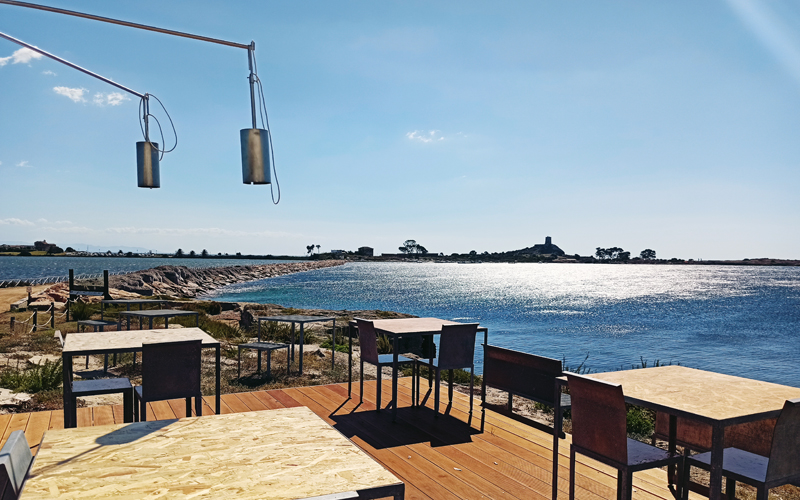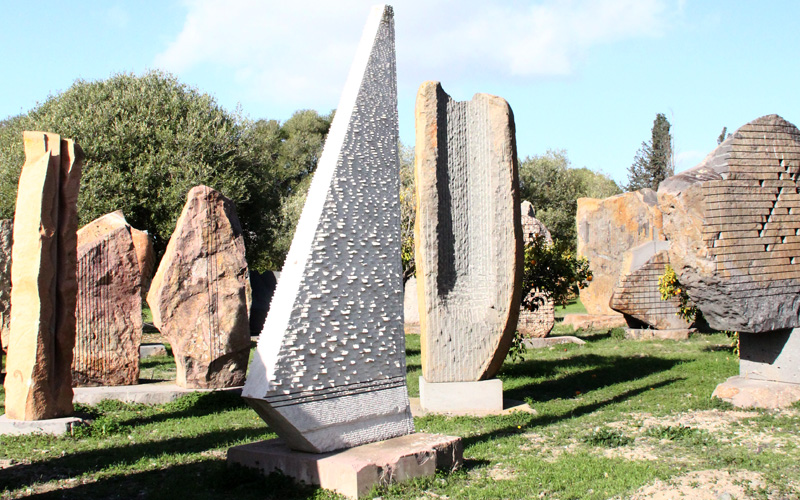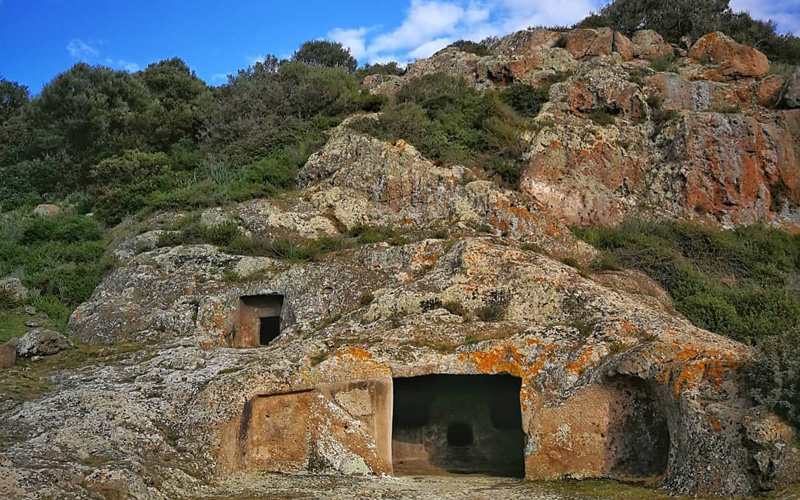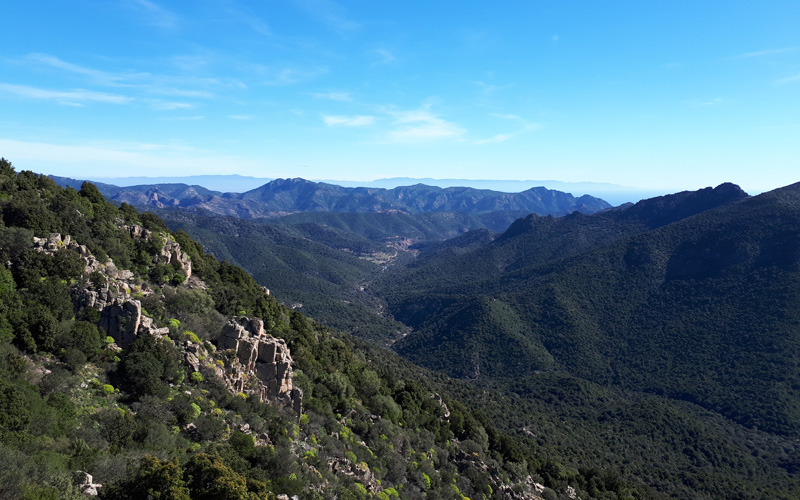The term malloreddu or malloreddus (plural) derives from an expression used since ancient times in the agro-pastoral field. It is a diminutive of malloru that in Sardinian language means “bull”. As a consequence, when the malloreddus was created, it had to remember the calves, rounded and good. It is important to remember that, in the past, Sardinia was the granary of Rome and this cereal was very common here since ancient time. The malloreddus are the more traditional food and it is prepared in every special event like marriage, party, country festival etc. In the past, but very often still today, durum wheat semolina is kneaded by hand with water creating cylinders about 15 cm longs. Then these are cut into cubes and crushed against a straw sieve, called “su ciuliri”, to obtain the extended, knurled, typical form that remember the bellies of the calves.
The more traditional and famous way to cook this regional type of pasta is with a ragu made with sausage (called “alla campidanese”) but today we want to present another way to prepare this: with free-range chicken meat. A mouth-watering dish from the poor traditional culture of Sardinia.
What do you need:
- 1 kg of malloreddus
- 1 free-range chicken
- 1 onion
- 1 kg of tomato puree
- 50 gr of tomato paste
- A little bit of saffron
- 1 glass of wine (it would be better use “vernaccia”, typical wine of Sardinia)
- 3 basil leaves
- Salt and pepper q.b.
- Olive oil q.b.
- 150 gr of spicy pecorino
- A mix of aromatic herb
How to prepare:
Start cleaning carefully the free-range chicken, cut it into small pieces and brown it with olive oil for about half an hour. Then remove the meat and put aside. Use the same saucepan to brown the onion, cut into slices, with the peeled tomato, tomato paste, salt, saffron and wine. At cooked almost finished add the chicken, basil and the other aromatic herbs and let it condense. This is the sauce that will season our malloreddus. In the meantime, boil salted water and then pour pasta. When malloreddus are ready, drain and mix with the sauce prepared previously and last, add spicy pecorino.
Now you will just have to prove! Fall in love with the aroma and the taste of our traditions. Thanks to our Chef Agostino that in our dishes always adds the love for his land, and we absolutely feel that!





